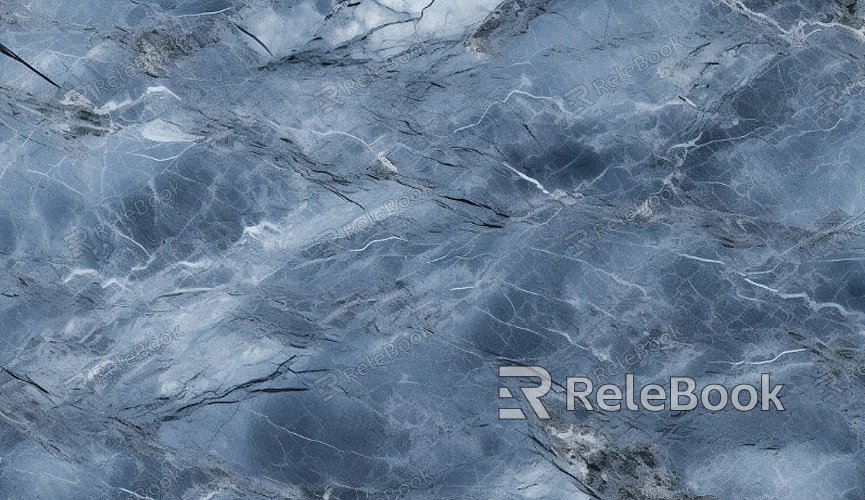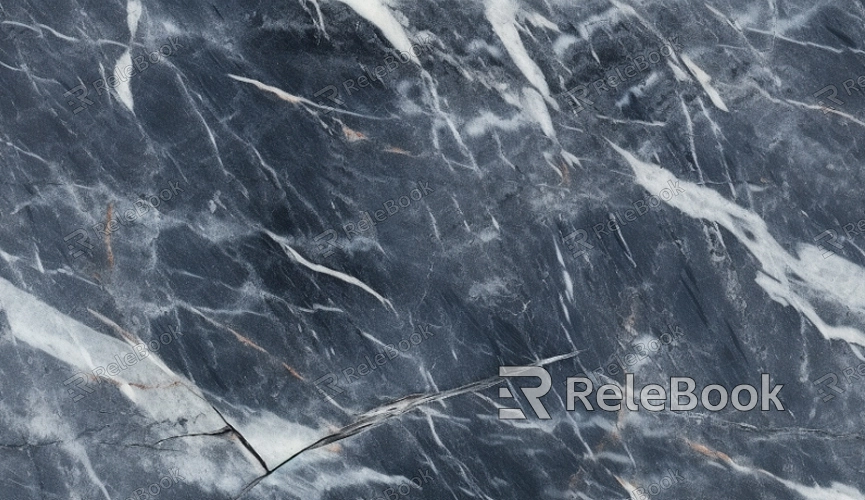How to Use Texture Maps in SketchUp with V-Ray?

Preparing Your Model in SketchUp
The initial step involves preparing your model in SketchUp. Proper organization and cleanup of your model are essential for an effective texturing process. Follow these guidelines:
1. Organize Components and Groups
Use groups and components to organize similar elements. This practice helps manage textures more efficiently and reduces the chance of errors during rendering.
2. Apply Basic Materials
Before applying detailed texture maps, apply basic materials to your model to define different surfaces. This will make it easier to replace or update textures later.
3. UV Mapping
Ensure that the UV mapping of your model is correctly set up. Good UV mapping ensures that textures are applied uniformly and do not distort. SketchUp’s texture tool allows you to adjust and scale textures, but V-Ray’s advanced tools will help refine this further.
Setting Up V-Ray for SketchUp
Once your model is prepared, you need to set up V-Ray in SketchUp. This involves installing V-Ray, configuring settings, and understanding how V-Ray interacts with SketchUp materials:
1. Install V-Ray
Ensure you have the latest version of V-Ray installed for SketchUp. The installation process is straightforward, but you might need to follow specific instructions provided by V-Ray.
2. Configure V-Ray Settings
Access the V-Ray Asset Editor to configure global settings, including rendering quality, lighting, and environment settings. These settings will impact how textures appear in the final render.
3. Material Editor
Open the V-Ray Material Editor to create and modify materials. This tool allows you to apply and adjust various texture maps, such as diffuse, bump, and reflection maps.

Applying Texture Maps in V-Ray
With your model and V-Ray setup, you can now apply texture maps. Here’s how to do it effectively:
1. Diffuse Maps
Start by applying diffuse maps, which define the base color and pattern of the material. In the V-Ray Material Editor, assign a texture image to the diffuse slot. Adjust the scale and orientation of the texture as needed.
2. Bump Maps
To add depth and surface detail, use bump maps. These maps create the illusion of surface texture without adding additional geometry. Load a bump map image into the bump slot of the V-Ray Material Editor and adjust the intensity to achieve the desired effect.
3. Normal Maps
For more advanced texture details, apply normal maps. These maps simulate intricate surface details and can enhance realism. Similar to bump maps, load the normal map image into the appropriate slot and adjust its strength.
4. Specular Maps
If you want to control the shininess and reflectivity of materials, use specular maps. These maps define how light interacts with the surface, affecting its glossiness and reflections.
Fine-tuning and Rendering
After applying texture maps, fine-tuning the materials and preparing for rendering are crucial steps:
1. Adjust Material Properties
Review and adjust material properties such as glossiness, reflection, and refraction. These settings influence how textures appear under different lighting conditions.
2. Use V-Ray Render Elements
Take advantage of V-Ray’s render elements to separate different aspects of your render, such as diffuse, specular, and reflection. This separation allows for more precise post-processing and adjustments.
3. Render Settings
Set your rendering parameters in V-Ray, including resolution, quality settings, and lighting options. Ensure that all textures are properly displayed by conducting test renders and making necessary adjustments.
Post-Processing and Optimization
Once you have your render, you might need to do some post-processing to enhance the final image:
1. Image Editing
Use image editing software to adjust brightness, contrast, and color balance. Fine-tuning these aspects can improve the overall appearance of your rendered image.
2. Optimize Textures
If your render is taking too long or the file size is too large, consider optimizing your textures. Reduce the resolution of texture maps where possible and compress texture files to improve performance.
FAQ
What is the difference between a bump map and a normal map?
Bump maps create the illusion of surface texture by altering the surface’s normal direction. Normal maps, on the other hand, provide more detailed surface information and simulate complex textures by modifying the surface’s normals at a finer level.
How do I adjust the texture scale in SketchUp?
In SketchUp, select the face with the applied texture, then use the “Position” tool to scale, rotate, or move the texture. In V-Ray, you can further refine the texture scaling in the Material Editor.
Can I use HDRI images as texture maps in V-Ray?
Yes, HDRI images can be used as environment maps in V-Ray to create realistic lighting and reflections. They are not typically used as texture maps but can significantly enhance the realism of your render.
Why is my texture not showing up correctly in the render?
Ensure that your texture maps are correctly assigned in the V-Ray Material Editor. Check the UV mapping of your model and verify that the texture paths are correct. Test renders can help identify and fix issues.
How can I speed up the rendering process while using complex textures?
To speed up rendering, reduce texture resolution, use lower quality settings for test renders, and optimize texture files. Additionally, ensure your hardware meets the recommended specifications for V-Ray rendering.

